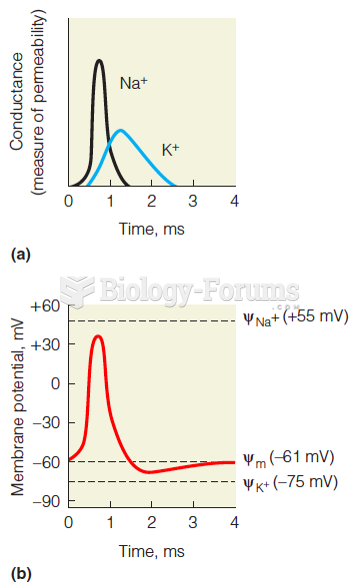Answer to Question 1
Foods such as fruit juices, dried fruits, wheat-based foods, high-fat foods, cruciferous vegetables (broccoli, cauliflower, Brussel sprouts, cabbage, etc.), artificial sweeteners, fructose, and legumes (kidney beans, lentils) would be eliminated as these are examples of foods that increase fermentation in the large intestine, which exacerbates symptoms.
The FODMAP assessment pinpoints specific food groups that have been shown to increase gas production or fermentation. This is a more specific elimination diet.
A food diary can help the patient see patterns in food consumption and corresponding symptoms. A patient should note what they eat and when their symptoms are severe or when symptoms occur. This will help distinguish which foods are related to IBS symptoms as the patient will be able to observe any correlations between foods eaten and occurrence of symptoms.
Answer to Question 2
Abnormal biochemical values on 3/29 and reason for abnormalities:
Sodium (H): Sodium was slightly elevated due to slight dehydration related to extensive fluid loss through his abdominal wounds and drains, despite having a high fluid intake
BUN (H): GI bleeding and dehydration; enhanced gluconeogenesis/protein metabolism
Creatinine (H): Possible renal insufficiency, GI bleeding, and catabolic state
Glucose (H): Possible history of DM, metabolic stress response; currently receiving SSI
Phosphate (L): Low nutritional intake, malabsorption
Osmolality (H): Dehydration, hyperglycemia, hypernatremia
Total protein (L): Metabolic stress/inflammation resulting in decreased production of this acute-phase protein in critical illness, impaired hepatic function
Albumin (L): Fluid overload, metabolic stress/inflammation resulting in decreased production of this negative acute-phase protein in critical illness, impaired hepatic function
Prealbumin (L): Fluid overload, metabolic stress/inflammation resulting in decreased production of this negative acute-phase protein in critical illness, impaired hepatic function
Alkaline phosphorous (H): Damage to the liver (liver laceration)
ALT/AST (H): Damage to liver (liver laceration), recent surgery
CPK (H): Tissue damage to skeletal muscle, possible history of heart disease
Lactate dehydrogenase (H): metabolic stress response, liver damage (liver laceration)
CRP (H): Tissue damage, inflammation,
HDL (L), VLDL (H), LDL (H): Possible history of hyperlipidemia/heart disease related to inadequate diet/lipid metabolism prior to admission, possible history of DM (uncontrolled)
TG (H): Possible history of hyperlipidemia/heart disease related to inadequate diet/lipid metabolism prior to admission; current metabolic stress response related to lipolysis and impaired transport of lipids with liver damage (liver laceration); possible history of DM (uncontrolled); current use of propofol; possible metabolic syndrome related to obesity
A1c (H): Possible history of DM, uncontrolled DM prior to admission
PT/INR/PTT (L): Longer blood clotting time; possible underlying liver disease or recent liver laceration/hemorrhage, low vitamin K intake or change in GI tract microbiota (flora)
WBC (H): Presence of an infection, presence of inflammatory response, stress, tissue damage
RBC (L): Blood loss due to hemorrhaging and recent surgeries, trauma, acute or chronic bleeding of the GI tract, possible history of anemia
Hct (L): Possible history of anemia; acute or chronic bleeding within the GI tract; possible nutritional deficiencies such as folate, vitamin B12, or iron; presence of inflammation
Nutrition implications with these lab values include fluid restriction, increased protein/energy needs, and insulin administration.
Abnormal urinalysis values and reason for abnormalities:
Cloudy appearance: Possible presence of infection
Specific gravity (H): Dehydration, presence of infection, presence of glucose/ketones, uncontrolled DM, possible renal insufficiency, blood loss (decreased blood flow to kidneys)
Protein (+): Dehydration, possible UTI, possible kidney insufficiency, possible diabetic nephropathy
Glucose (+): Uncontrolled DM, metabolic stress
Ketones (+): Metabolic stress response (increased metabolism), acute or severe illness, possible fever
Bact (+): UTI (infection present)
Mucus (+): UTI (infection present)
Yeast (+): UTI (infection present)







